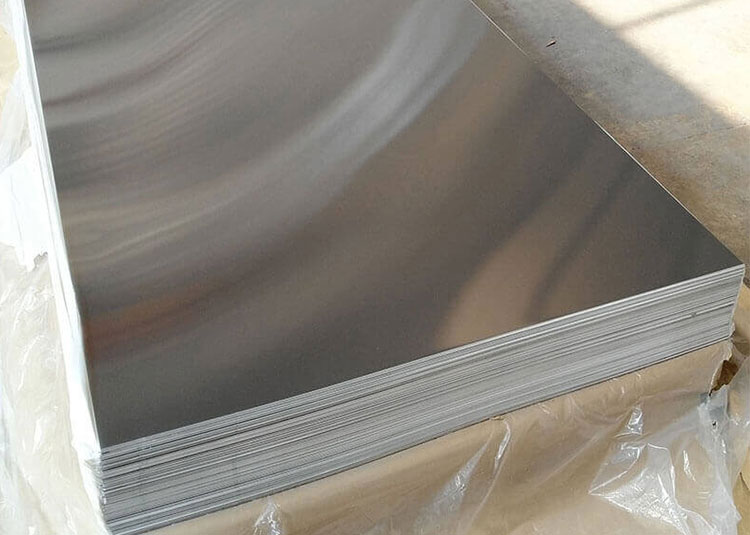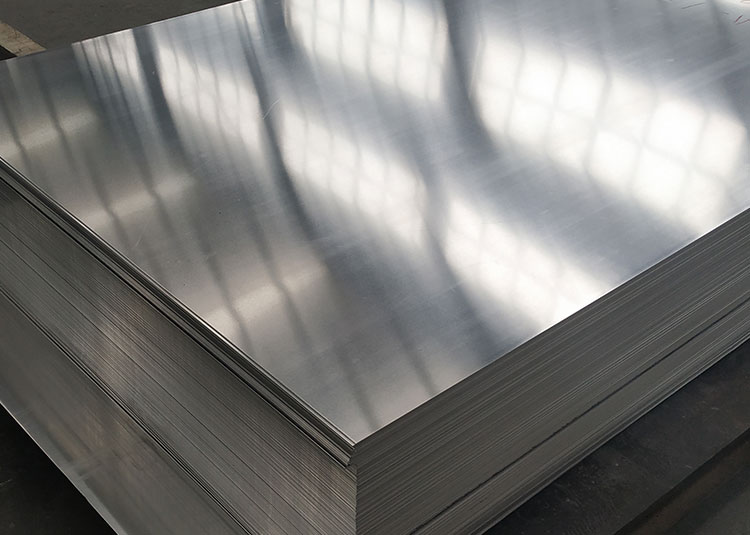Aluminum sheet 2024 2A12 2A14 2219 2A50 2017
Aluminum Alloys: More than Just Numbers
In the world of engineering, especially within the aviation and automotive sectors, the choice of aluminum alloy can make or break a design. Each alloy type is a distinct recipe, tailored for a specific purpose, date of aging, and rigidity, corrosion resistance, weldability, and heat treatment response.
The Marvel Regimen: 2024 Aluminum Alloy
Known for its excellence in fatigue resistance, the 2024 aluminum alloy shines brightly in applications requiring high strength-to-weight ratios. This alloy excels in aerospace structures, especially where performance and longevity matter. The rich copper content—approximately 4.4% to 5.0%—offers great machinability while retaining necessary toughness and rigidity. However, a calculated imbalance in ductility means that it should not be used where high bending stresses are present—valuable information for engineers at the design table!
The Builders’ Choice: 2A12 Aluminum Alloy
Standing on the shoulders of 2024, the 2A12 alloy integrates a modest 3.5% to 4.5% of copper, offering balanced performance for everyday structural requirements. What makes 2A12 steel a household name in the aircraft industry is its cooperative weldability without extensive post-welding heat treatment. Slightly less potent than 2024 on its own, it still serves vital functions as both structural support and transport in military aircraft.
Enhancing Versatility: 2A14 Aluminum Alloy
2A14 similarly encompasses high strength and good fatigue properties, pushing it into myriad applications within airborne and defense machineries. This alloy prides itself on the copper content—as high as 3.5% to 5.7%—underlining resilience. 2A14 is specifically suitable for a combination of machining and weldwork, expanding its boundaries even further into complex engineered structures.
Capabilities of Resilience: 2219 Aluminum Alloy
What sets 2219 definitively apart is its resistance to corrosion at elevated temperatures. Composed with about 6.3% to 7.4% copper, it is primarily used in high-temperature environments, such as in spacecraft and rocket systems. Its superior lightweight properties transcended traditionally understood boundaries by offering not just strength statistics but elemental durability. In Buddhism, there’s a concept that pertains to acceptance—and that’s analogous to evaluating everything 2219 represents for high-risk scenarios in aerospace.
Precision and Potential: 2A50 Aluminum Alloy
The 2A50 is a lesser-known star, often tucked between the more renowned alloys yet indispensable for optimum performance. The unique zinc and magnesium blend fortifies strength and ductility advantages. This alloy thrives in applications where some flexibility is necessary, making its path in both modern technology underpinnings as well as innovative influences like electric vehicles and high-stress machinery possible.
Foundation of Tradition: 2017 Aluminum Alloy
Finally, we unpack the classic 2017 aluminum or rather alloy dinner of proof. Upholding a steady balance of copper, manganese, and magnesium, the 2017 is integral in multiple construction processes. Most notably, it finds its expression vividly on pages of historical advancement—just think structural components and machined parts being crafted into shapes that were artistically exemplary yet undeniably operational.
https://www.alusheets.com/a/aluminum-sheet-2024-2a12-2a14-2219-2a50-2017.html


